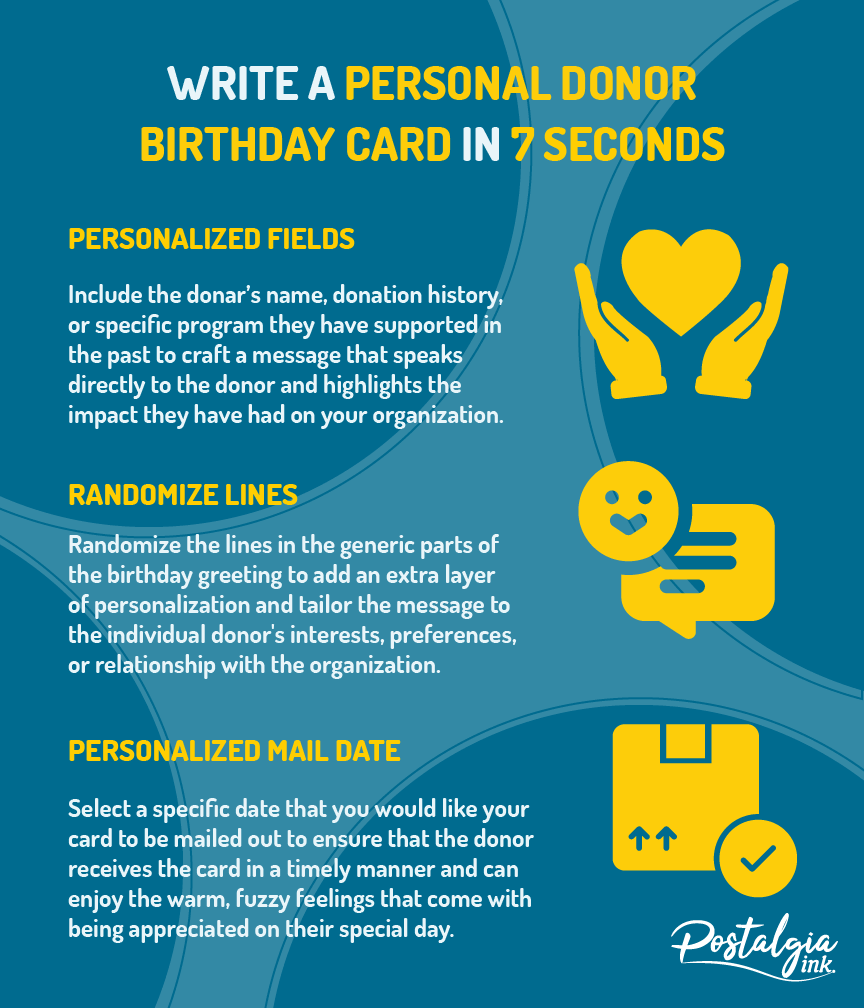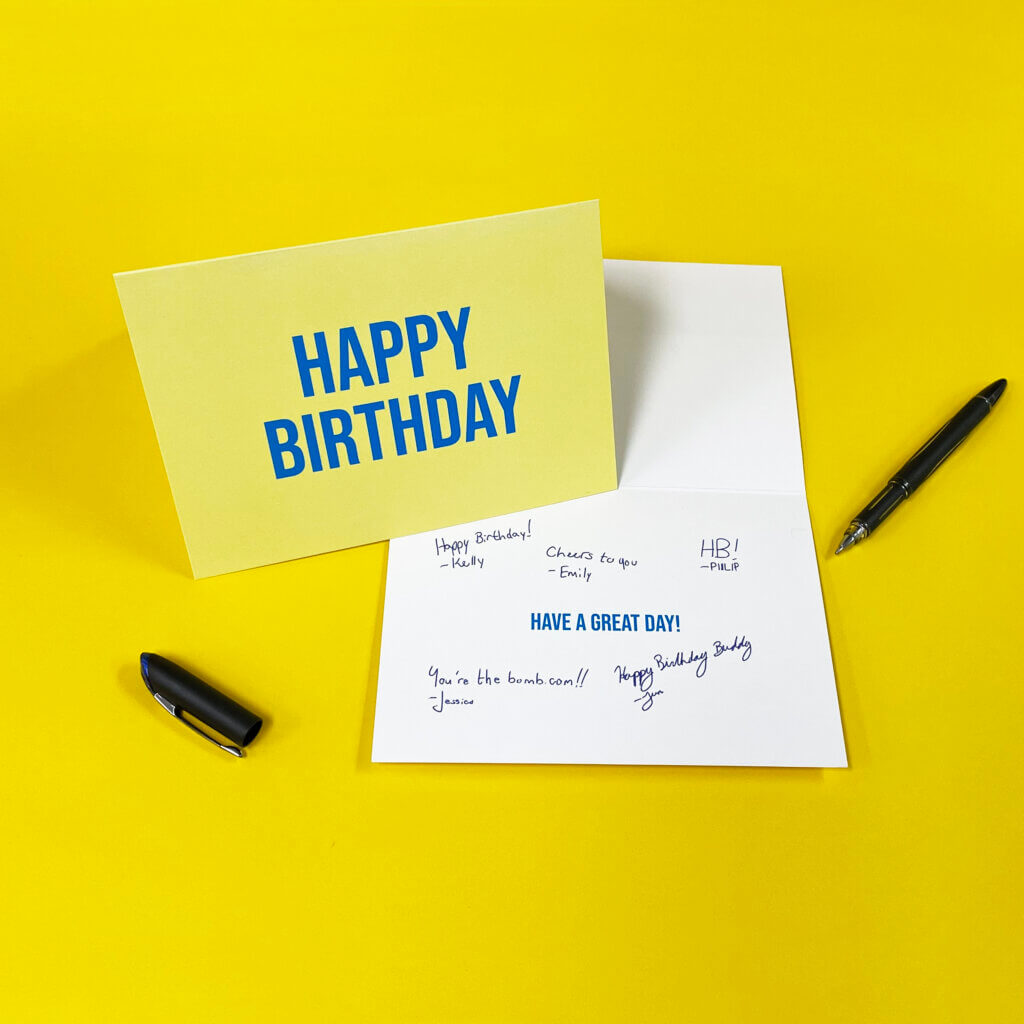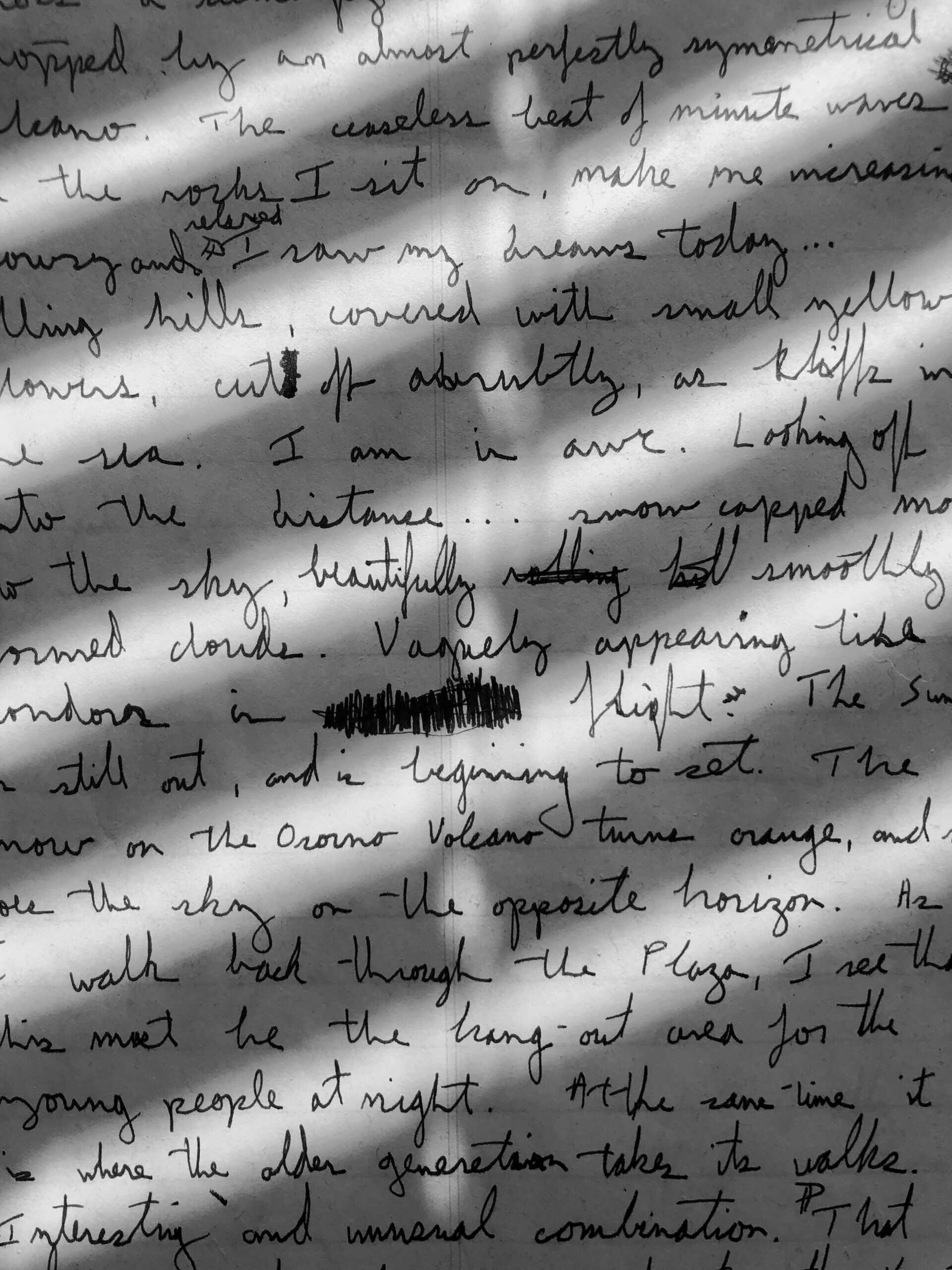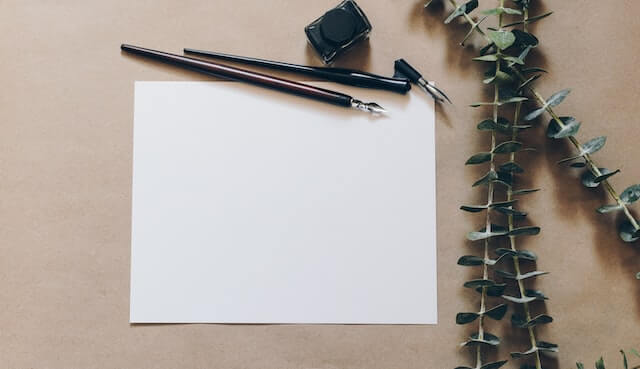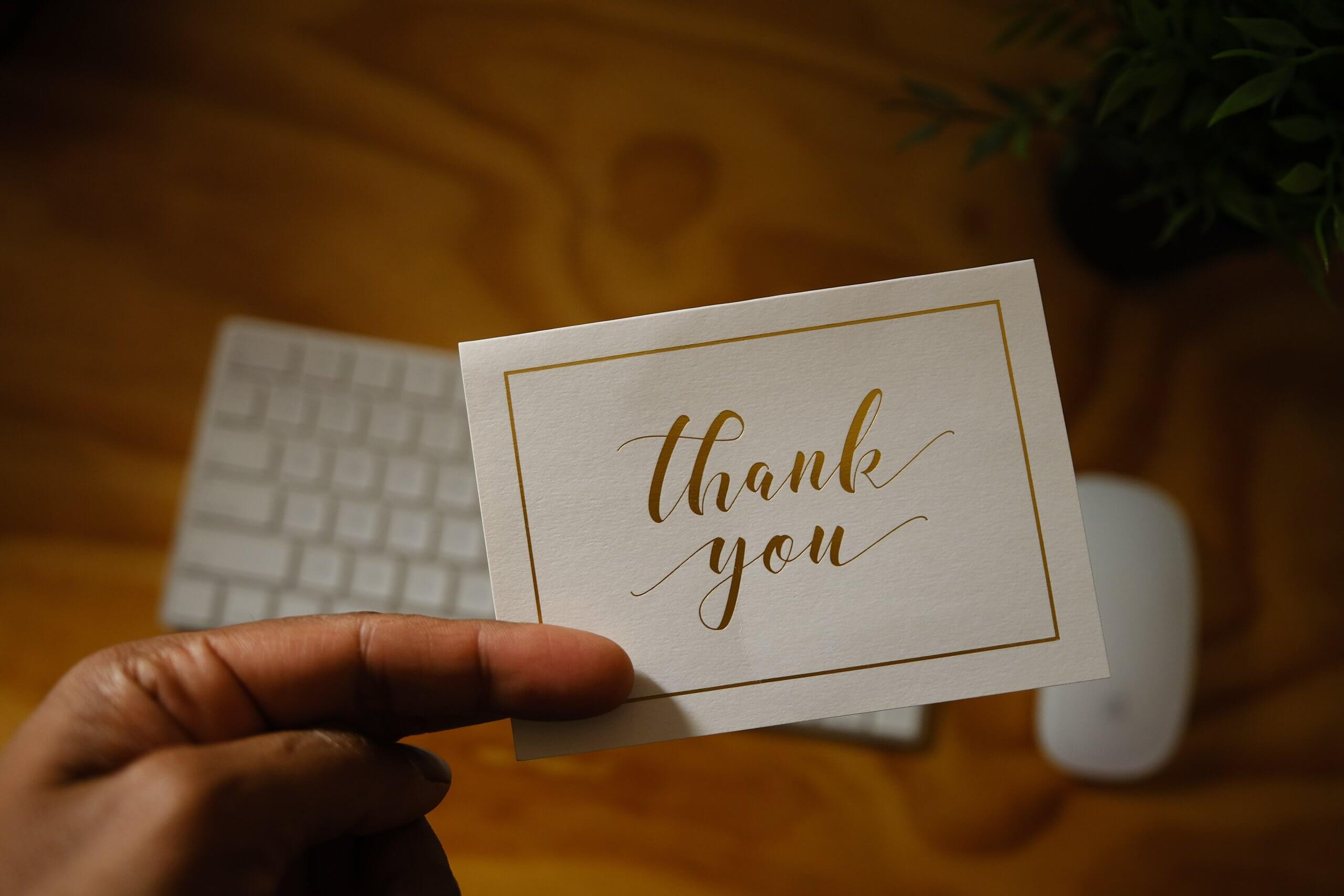Key Topics
1. Why are Handwritten Letters Effective with Customers?
2. Can Handwritten Letters Earn Reviews?
3. How can Handwritten Letters Encourage Customers to Make a Second Purchase?
INTRODUCTION
Straightforward ways to increase Customer Lifetime Value (CLV) is to decrease the cost of acquiring customers or increase the cart value with add ons. While costs have been increasing across the board for DTC brands, a more effective way is to turn one time customers into repeat customers. The key is ultimately great customer experience and providing customers with a reason to return time after time. One such way of improving the customer experience and converting a one time customer into a lifelong customer is to show appreciation through customer stewardship like thank you notes or personalized loyalty discounts. These stewardship campaigns can leave a lasting impression on your customers ensuring your brand is top of mind during the next shopping session. According to the Generational Research Report (2020-2021), 71% of consumers feel that direct mail adds a more personalized touch to communication compared to online digital methods. In a digital era where communication has become synonymous with quick and impersonal exchanges, there is a powerful tool that can set your brand apart and forge deeper connections with your customers: handwritten letters. In this blog post, we will explore the unique power of handwritten notes and how they can leave a lasting impression on your customers. From expressing gratitude and appreciation to cultivating loyalty and driving repeat sales, handwritten letters offer a personal touch that digital communication often fails to achieve. So if you want to make a lasting impression on your customers, put down the keyboard and pick up a pen. Or better yet, we’ll pick up the pen for you!

1. Why are Handwritten Letters Effective with Customers?
The rarity of receiving handwritten letters has become a notable phenomenon. Amidst the abundance of emails, text messages, and digital communication platforms, a handwritten letter has become a cherished relic. Handwritten pieces possess a unique power to develop emotional connections with customers, leaving a lasting impression that digital communication often fails to achieve.
The act of handwriting itself exudes effort and thoughtfulness, showcasing a level of care that resonates with recipients. When a customer receives a handwritten letter, they can immediately sense the sincerity and authenticity behind it. This tangible expression of effort stands out, allowing companies to differentiate themselves in the eyes of their customers.
Moreover, the rarity of handwritten letters enhances their impact. With inboxes flooded and notifications pinging constantly, the world is experiencing a digital fatigue. In contrast, a handwritten letter holds a higher chance of being opened and read, captivating the recipient’s attention in a way that digital messages struggle to achieve nowadays.
Beyond practicality, handwritten letters tap into a sense of nostalgia, evoking a bygone era when communication was more personal and meaningful. By receiving a handwritten letter, customers are transported back to a time when people made the effort to craft their words by hand. This nostalgic element adds a layer of sentimentality, fostering a deeper bond between the company and its customers.

2. Can Handwritten Letters Earn Reviews?
Product reviews are a key driver to increased sales. They demonstrate social proof while increasing purchase confidence. Getting existing customers to write genuine reviews is one of the most valuable goals a DTC brand can set. To codify this in the company’s mission setting review percentage as a KPI is recommended. One very effective way to get a customer to take the time to write a review is to send them a handwritten letter. The time it takes to write a handwritten letter conveys that the ask for their time was done in the spirit of reciprocity.
Within the letter, specifically express your appreciation for their recent purchase, highlighting how it has made a positive impact. Emphasize that their support is vital to the growth and success of your business. Share a brief anecdote or mention specific details that demonstrate your attention to their needs and satisfaction. This personalized approach shows that you genuinely care about their experience and encourages them to reciprocate by leaving a review to continue to support your brand.
By reaching out to customers with a personalized message, you not only enhance the chances of receiving a positive review but also encourage repeat sales as customers feel valued and connected to your business. Embrace the beauty of handwritten letters and watch as they strengthen your customer relationships and drive your business forward.
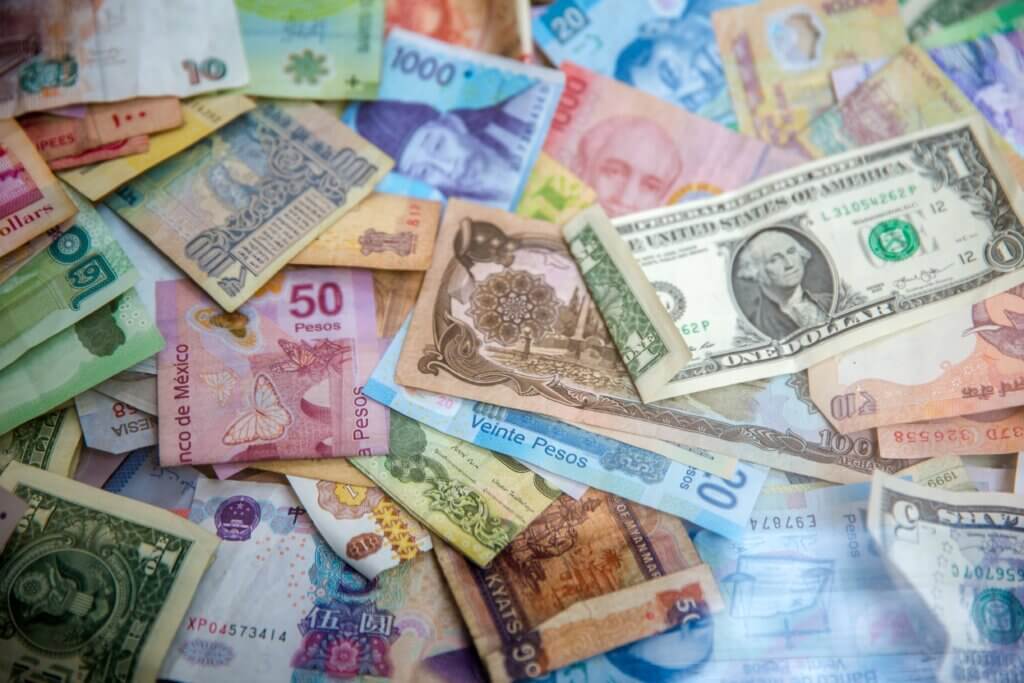
3. How can Handwritten Letters Encourage Customers to Make a Second Purchase?
In today’s dynamic business landscape, cultivating customer loyalty is paramount to DTC brand’s success. A handwritten letter allows you to go beyond a simple “thank you” email and provides an opportunity to convey a heartfelt message. By recognizing the customer’s patronage and acknowledging their role as a loyal client, you strengthen the bond between them and your brand.
To further enhance the customer’s experience, consider offering a personalized discount code for their next purchase. By tailoring the offer to their specific preferences or past buying behaviors, you demonstrate that you genuinely care about their needs. You can also suggest complementary products or services that they may find appealing. By sharing these exclusive details, you create a sense of exclusivity and make the customer feel like a valued insider, increasing the likelihood of them making a repeat purchase.
A notion to keep in mind when personalizing your outreach is to stay behind the “creepy-line”. You want to use your customer’s data as a guide in your campaigns that target your customer’s general interests. The goal is to recommend products/services that could be of interest to your clients and avoid invading their privacy.
4. How do DTC Brands Write Effective Handwritten Pieces?
When it comes to handwritten letters, personalization is key to making a lasting impact on your customers. By including specific details about the customer or their purchase, you demonstrate that the letter was crafted just for them. In this section, we’ll explore how to create a personalized and engaging handwritten letter that conveys warmth and gratitude.
Keep the letter brief and to the point, while still infusing it with language that is inviting and appreciative. Customers respond well to a genuine and concise message that acknowledges their importance to your business. By using a friendly and conversational tone, you create a welcoming atmosphere that sets the stage for a positive customer experience.
Addressing the customer by name is crucial in establishing a personal connection. Reference their previous purchase or interaction with the company to show that you remember and appreciate their support.
For example
“Dear [Customer’s Name], we wanted to extend our sincerest thanks for your recent purchase of [Product/Service].”
Customize your handwritten notes using a CRM that stores and organizes your customers’ data.
To add that extra personal touch, include specific details that relate directly to the customer. Mention how their purchase has made a positive impact in the growth of your company or how their feedback has helped shape your products or services. This attention to detail shows that you genuinely value their contribution and makes the letter feel truly personalized.
In terms of presentation, prioritize legibility by using clear handwriting and properly spacing out the text. You can use this contrast checker to ensure that your colors, fonts, and font sizes are accessible. A well-structured and easy-to-read letter enhances the customer’s reading experience and ensures your message comes across clearly. Avoid grammatical errors or spelling mistakes, as they can detract from the professional image you seek to uphold.
Instead of relying on digital signatures or stamps, take the time to personally sign each letter, or better yet, let us handle that for you and pen your actual signature on your handwritten pieces. This small act goes a long way in adding an extra touch of authenticity and personalization. Your signature serves as a visual reminder that a real person took the time to connect with the customer, fostering a sense of trust and appreciation.
Be mindful of timing. Aim to send the letter within a few days of the customer’s purchase or interaction with the company. Promptness demonstrates your commitment to customer satisfaction and keeps your brand top of mind.
Tips
- Use a genuine and concise message with a friendly and conversational tone to acknowledge the importance of customers to your business
- Establish a personal connection by addressing customers by name and referencing their previous purchase or interaction (without crossing the creepy-line)
- Prioritize legibility and presentation by using clear handwriting, proper spacing, and ensuring accessible colors and fonts
- Speed and timing is key when sending a gratitude letter
- Add an element of authenticity to your pieces to make them stand out and be remembered.
CONCLUSION
The power of handwritten letters lies in their ability to forge deeper emotional connections with customers, standing out amidst the digital communication overload. The act of handwriting itself showcases care and thoughtfulness, instantly conveying sincerity and authenticity. Handwritten letters tap into a sense of nostalgia, transporting recipients to a time when communication was more personal and meaningful. This personal touch not only strengthens the customer relationship but also nurtures consistency and trust. By expressing genuine gratitude, acknowledging their individuality, and offering personalized discounts or suggestions, handwritten letters become a vehicle for driving customer engagement and repeat sales. Balancing personalization with respect for privacy ensures a positive and respectful customer experience. Let’s pick up our pens and create heartfelt connections that leave a lasting impression, reminding customers of the genuine care and appreciation we hold for each and every one of them.
Want to level up your direct mail? Contact us.



